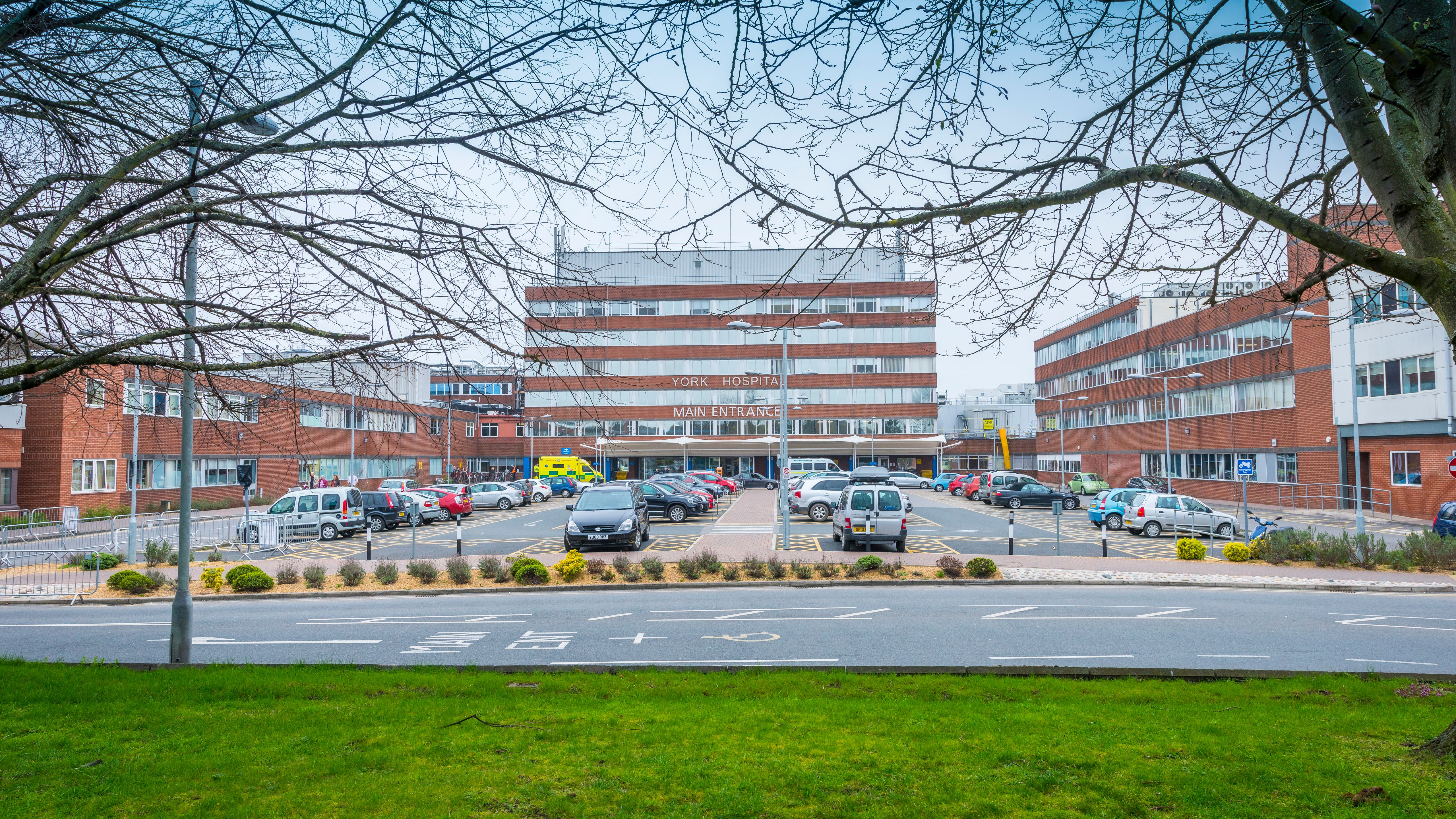Background
York Teaching Hospital NHS Foundation Trust was designed in the 1960s and built in the 1970s and, as such, much of its energy infrastructure is now reaching end of life. This gave the Trust the opportunity to make significant improvements in the way the hospital generates and consumes heat and power.
With over 8,000 staff, the Trust treats over 700,000 people per year, giving it similar energy requirements to a small town. Indeed, in 2012/13, the Trust had a combined gas and electricity bill of £2.45 million and emitted 13,586 tonnes of CO2.
Following a competitive procurement process, the Vital Energi Group was selected to deliver a low-carbon energy solution, with guaranteed carbon and financial savings through its operating companies:
- Vital Energi Utilities who design, build and operate low carbon based energy solutions for the localised generation, supply and distribution of heat, power and cooling
- Vital Solutions, who develop and structure long term Energy Performance contracts for hospitals, universities and large commercial and industrial sites
- Vital Efficienci, who design and deliver energy and carbon reduction solutions by measuring, managing, controlling and implementing solutions to reduce energy consumption
Vital Efficienci was tasked with reducing the hospital’s energy demand. A challenge made all the more difficult by the fact that the project would go from procurement stage to going live in just 20 months. The money saved by the new infrastructure could then be invested in front-line clinical care, improving services and offering real, tangible benefits to the people of Yorkshire.
Vital Efficienci worked with Rockwell Automation to develop a bespoke energy-management and control solution that would help the Trust to both measure and manage its energy consumption, while giving Vital Energi Group real-time remote access into the site for on-going management, balancing and monitoring.
